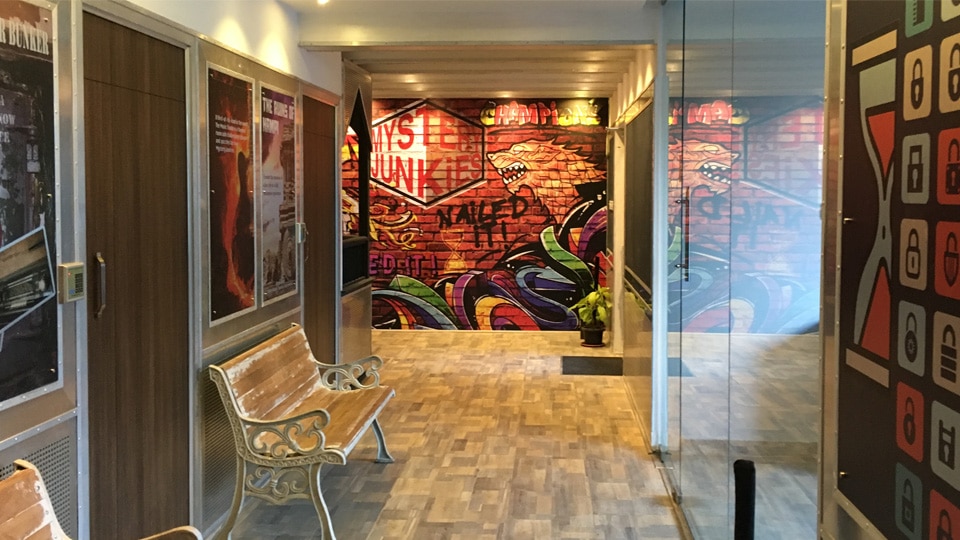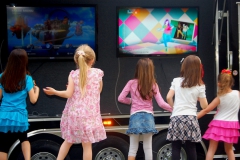Though jazz music had its beginnings in the American post-war twenties, no other style of music has had such a lasting impression on popular media. We no longer hear jazz as we think of it in its purest form on popular radio, or talk about it at the proverbial water cooler, but that doesn’t mean classical jazz music isn’t all around us. Some of the many ways we are exposed to this music in everyday life are:
*Through movie soundtracks
*On children’s cartoons and entertainment
*During television and internet media commercials
*At restaurants, clubs and bars
*At dance halls, especially those hosting jazz dance nights
*On radio stations, both traditional and online streams
Indeed, classic jazz artists can find many great avenues for getting their music out to a large audience, even and perhaps most especially in the tech-driven world of today.
Jazz, Jazz Everywhere!
Whereas musicians in the 1920’s and 1930’s had to rely purely on performance, radio and print advertisement to make a name for themselves, modern jazz artists have a much larger platform. Even more localized performers enjoy a wide variety of avenues to success via social media, digital radio and other advancements of the modern day. Los Angeles artist Sylvia Brooks has her own website, where a reader can find numerous glowing reviews, quotes from local radio personalities, and other promotional material, as well as links to her listen to a sampling of her music. Hers is simply one example of how the digital age has given a face lift to a music style born nearly a century ago.
Though modern classic jazz artists do perform in a world where they can reach an audience across the globe with the click of a button, their musical stylings – rich with decades of heritage and devotion from fans of all ages – remain consistent. Perhaps that is what continues to make jazz music worth sharing in an era where it should be out of place, but isn’t.




